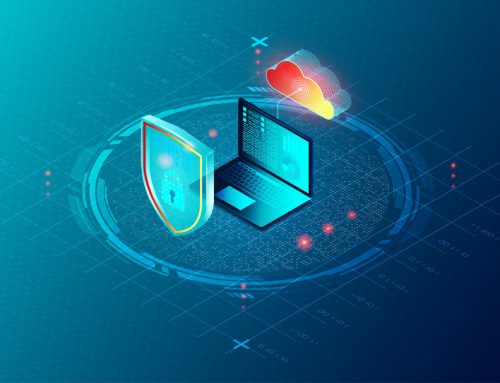Hyperconverged infrastructure delivers upgrades in availability, performance and manageability over legacy infrastructure. By consolidating all IT, we can build a highly optimised environment that’s easy to manage. But how does hyperconverged compare with the cloud?
The cloud can also deliver big upgrades in availability, performance and manageability over legacy infrastructure, and it’s equally easy to manage.
Most enterprises have moved some of their IT processes into the cloud, such as web applications and commercial software. The affordability of this is the biggest draw and that affordability allows enterprises to adopt a multi-cloud approach to avoid vendor lock-in – an important benefit that mitigates risk.
But, the cloud isn’t necessarily more cost competitive than an in-house infrastructure.
HPE SimpliVity hyperconverged infrastructure can offer a lower Total Cost of Ownership with a significant cost differential over time.
In this report from Evaluator Group, Amazon Web Services (AWS) is compared against HPE SimpliVity hyperconverged infrastructure. It finds that HPE SimpliVity costs 22 to 49pc less than AWS over three years – a significant difference.
“Due to their [SimpliVity’s] comprehensive, low-cost hardware architectures and advanced efficiency and management features,” the report says, “hyperconverged infrastructure can cost significantly less than a comparable cloud solution.”
With the ability to deploy and expand hyperconverged systems quickly (you just add nodes, and they don’t need integrating) hyperconverged infrastructure offers the benefit of modularity over the cloud. Operating expenses are very low, because they’re designed with VM-centric management to simplify the day-to-day running.
The cloud has its place, of course. If your business experiences low usage with occasional activity spikes, the cloud will likely satisfy your needs. But when it comes to scaling up operations and delivering performance with intense activity, investing in hyperconverged infrastructure is a surefire way to reduce costs. It beats out the cloud’s TCO in this scenario and wins the race with performance. It’s as simple as that.





